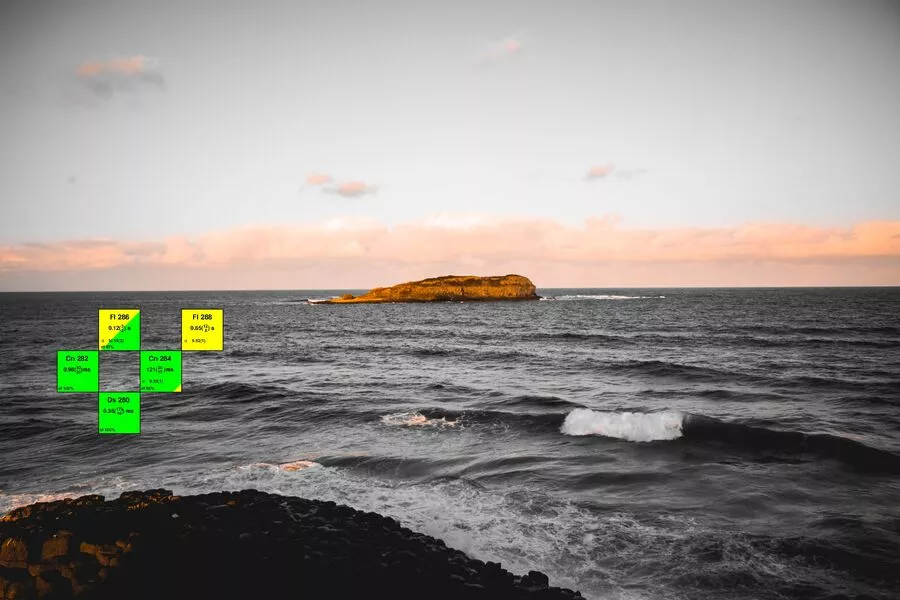Nuclear Structure
Following the production of excited quantum states in atomic nuclei near the limit of nuclear stability, we study their inner structure by detecting the emitted γ-ray and particle radiation by means of contemporary nuclear decay spectroscopy techniques.
The research activities circle around the nuclear structure of medium-mass nuclei near the proton dripline as well as superheavy nuclei at or near an anticipated 'Island of Stability'. Experiments are conducted at international large-scale particle accelerator facilities within international collaborations comprising typically 10 to 50 scientists. Tailored radiation detectors are developed, constructed, and tested in Lund. Subsequently they are exploited within experimental campaigns at existing and planned (European) research centers. We are part of the NUSTAR collaboration at the Facility for Antiproton and Ion Research (FAIR) with a focus on the HISPEC-DESPEC experiment as well as studies of superheavy elements (SHE).
For experiments with leading or significant engagement by our group, the comprehensive and complicated analysis of terabytes of experimental data is done in Lund, often in the framework of PhD, MSc, and BSc thesis work.
The experimental observations are confronted with predictions based on contemporary nuclear structure models to advance the understanding of the many-body quantum system called 'atomic nucleus'. Here, close interaction with the nuclear structure theorists from the Division of Mathematical Physics is a long-standing asset.
Please follow the links for further information on thesis projects and some science cases in connection with the corresponding radiation detector set-ups.
Links to external pages:
- Facility for Antiproton and Ion Research (FAIR), Darmstadt, Germany
- NUSTAR collaboration at FAIR
- HISPEC-DESPEC experiment within NUSTAR at FAIR
- Superheavy element (SHE) research at FAIR/GSI

Nobel Symposium NS160
Chemistry and Physics of Heavy and Superheavy Elements (Bäckaskog Castle, 2016)

